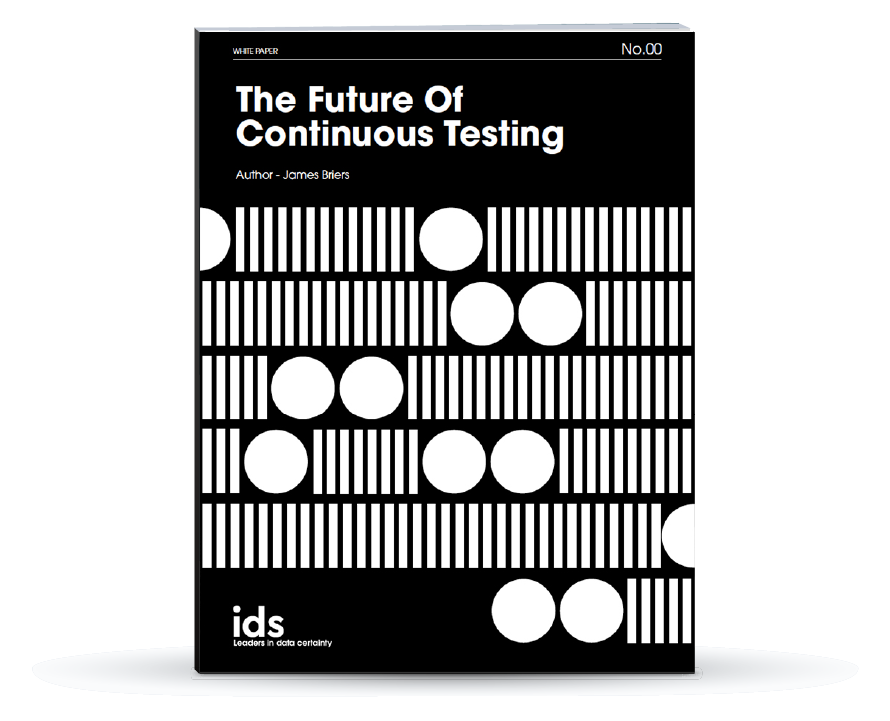Atlassian Cloud: Classic Project or Nextgen Project?

Jira is a fantastic tool that all kinds of organisations could use for achieving better accuracy, clarity and transparency in the work they do. As well as how projects progress through both individual teams and on a cross-department basis. There are many different ways to configure and customise Jira to the needs of your organisation, which is one of the reasons it is such a popular piece of software.
No matter which type of project you choose, iJira can be implemented to help you get the most out of your project management and workflow. In this post, however, we’ll be looking at the differences between classic and next-gen projects in Jira and how each of them can be used to create a process and procedure that really makes sense for the way that you work!
When you first set up your service desk project on Jira, you’ll have a choice between two different project types – classic or next-gen.
Classic Jira Projects
Classic projects are, as the name suggests, the classic Jira way of working. They are generally considered to be more mature and complex than next-gen projects, but along with this increased complexity, comes far more options, configurations, functions, capabilities and can be shared among multiple projects.
For experienced users of Jira who need the flexibility and increased capabilities that classic project configurations can offer, this is the best way forward. Most Jira classic projects need to be created and managed by Jira Administrators, who can be in-house systems administrators or external Jira admins who are able to support you.
Our iJira team can help you set up and configure your classic Jira projects, while also helping you adapt and optimise your usage of Jira on an ongoing basis.
Next-gen Jira Projects
Next-gen projects are Jira’s newer offering, and allow you and your team to access the excellent functionalities of Jira, without the need to involve a Jira administrator throughout every step of the process. Next-gen projects can be adapted far more easily by project managers, product owners, tech leads, developers, designers and team leaders, as well as individual team members, according to what works for each specific stage of their projects.
Atlassian engineers work in an agile environment to add new capabilities to next-gen Jira projects, making them incredibly flexible and easy to use. As they can quickly and simply be adapted and managed in-house without the need to communicate with eternal parties or other departments, some organisations find next-gen projects more efficient and flexible overall. Next-gen projects also tend to be more granular, allowing individual team members to change and reconfigure projects as they see fit, without worrying about changing the configuration of other teams Jira, or the overarching project.
Which Project Configuration is Right for You?
The major difference between classic and next-gen is the approach they take to project configuration and customisation. In organisations where consistency in the way projects are carried out is important, whether that be to improve efficiency, increase transparency for product owners and stakeholders, or any other reason, classic Jira project setups are the obvious choice. Classic projects are also a little more labour intensive, but they offer extra options and functionalities that you can’t utilise in next-gen projects.
However, in organisations where flexibility in project management is vital, next-gen projects provide a far more accessible and easy-to-use Jira configuration. In environments like these, next-gen project configurations really do come into their own.
To find out more about Jira, how it can be optimised for you or to see what project type is right for your organisation, simply get in touch with the team of iJira experts at Intelligent Delivery Solutions.
For further information please contact: Elizabeth.kenina@intelligent-ds.co.uk

Learn How Continuous Testing Can Improve your Business
IDS' Chief Technical Officer, James Briers, sheds light on the solutions to approaching complex data testing projects with mechanical efficiency.


